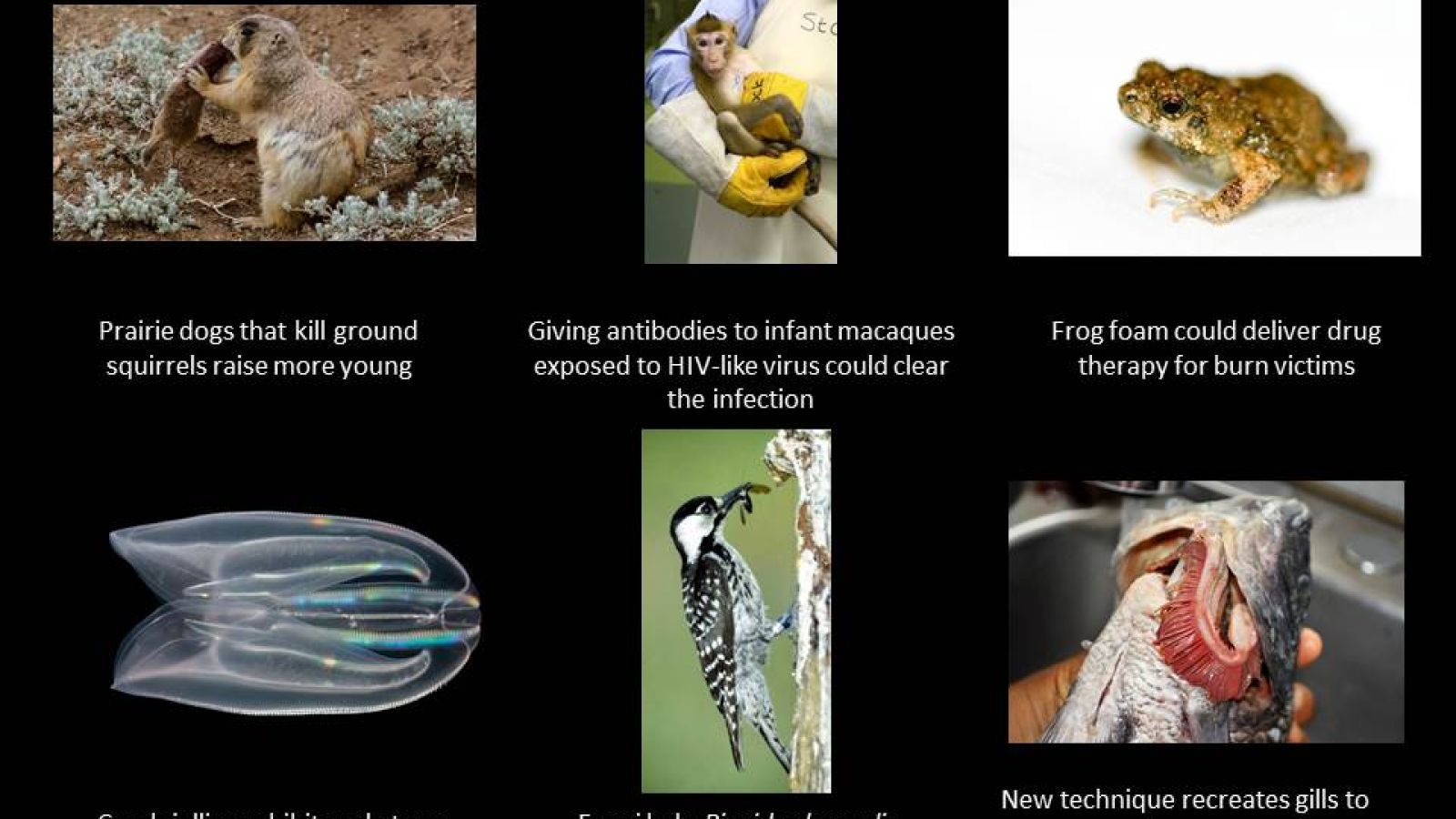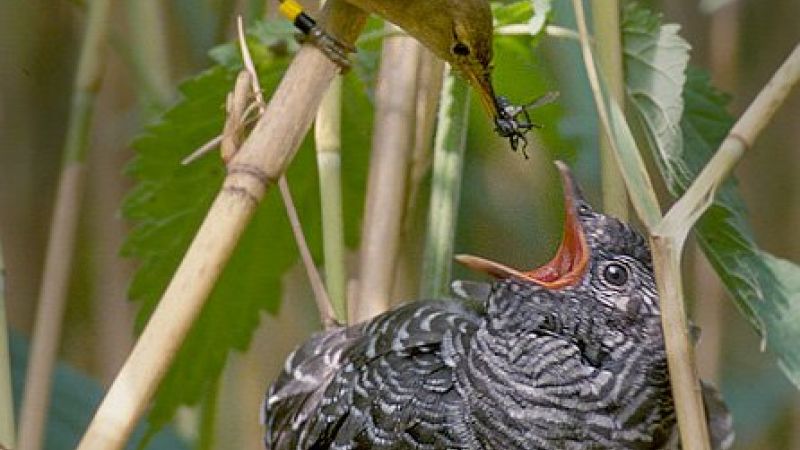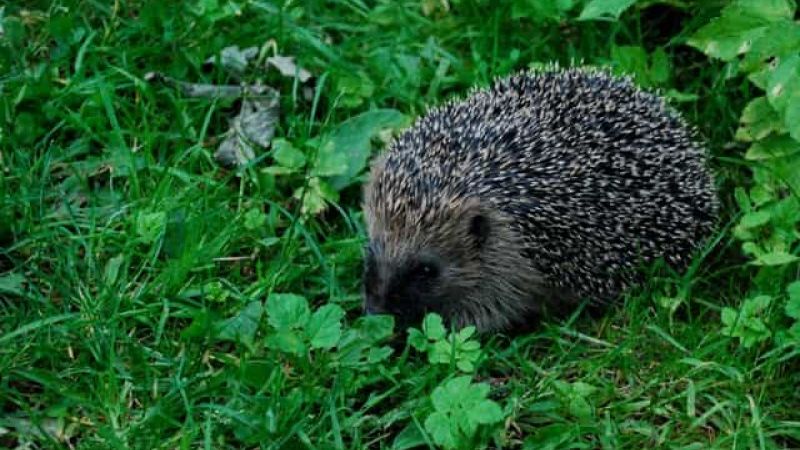Frog foam could deliver drug therapy for burn victims
Researchers from the University of Strathclyde have discovered that foam made by miniature frogs to protect their eggs could be used to deliver healing drugs to burns patients. After mating, tiny Tungara frog from Trinidad whip up a foam, made from at least six proteins, that protects the spawn from disease, predators and weather. The researches have begun making a synthetic version of the foam as the tough bubbles could trap and deliver medication while providing a protective barrier between the wound dressing and damaged skin. When they loaded the foam with an antibiotic drug called vancomycin, the drug was released and worked as it should on infected laboratory samples, without damaging the health of cells. However there is still a lot of work to be done before creating a foam that is as stable as the one made by the frogs.
http://www.bbc.co.uk/news/health-35869662
New technique recreates gills to reduce the need for fish in experiments
Researchers at King's College London have validated a technique to recreate a freshwater gill system in the lab in order to reduce the need for fish in environmental toxicology tests. These ‘mini gills’ could potentially be used as an alternative to live fish for toxicology testing (which can use 42 fish per test) and bioaccumulation studies. They can also be used in environmental water quality monitoring, as the researchers discovered that they can tolerate freshwater in the laboratory, as well as river water taken in the field. This technique provides a more humane way to study the impacts of environmental hazards on freshwater fish, whilst reducing the number of fish needed.
http://www.nc3rs.org.uk/news/new-technique-recreates-gills-reduce-need-fish-experiments
Giving antibodies to infant macaques exposed to HIV-like virus could clear the infection
An infant rhesus macaques treated with antibodies within 24 hours of being exposed to SHIV (simian HIV) was completely cleared of the virus researchers at Oregon National Primate Research Center found. SHIV-infected non-human primates can transmit SHIV to their offspring through milk feeding, just as humans can transmit HIV from mother to child through breastfeeding and during childbirth. In humans, a combination of measures for mothers and infants, including antiretroviral therapy (ART), C-section delivery and formula feeding, have decreased the rate of mother-to-child HIV transmission from 25% to less than 2% since 1994. However, despite this decrease, approximately 200,000 children are infected with HIV each year worldwide, primarily in developing countries where ART is not readily available. Whilst it is recommended to treat human babies with ART during the last month of gestation, the few days after delivery, and during breastfeeding time frames, risks still remain, including toxicities associated with long-term ART use, the development of drug-resistant viral variants, and lack of access to prenatal care prior to delivery. This discovery indicates that using new methods, such as antibodies, to limit infection after exposure in newborns could be advantageous.
http://www.ohsu.edu/xd/about/news_events/news/2016/03-21-giving-antibodies-to-inf.cfm
The evolution of the anus is a subject that can be the butt of poor humour
On 15 March, at the Ctenopolooza meeting in St. Augustine, Florida, evolutionary biologist William Browne of the University of Miami in Florida debuted films of comb jellies pooping—and it wasn’t through their mouths.
http://www.sciencemag.org/…/why-watching-comb-jellies-poop-…
Fungi help woodpeckers break into the housing market
The endangered woodpeckers Picoides borealis are the only bird that chooses living rather than dead trees for their excavations. Wood-decaying fungi can speed up the work, but only if they find their way into a wound in the bark. Do the woodpeckers and fungi have a symbiotic relationship, with the birds helping the fungi disperse while the fungi assist their excavations by softening the wood? To find out, scientists drilled 5.1-centimeter holes into the central wood of 60 pines in a forest in coastal North Carolina. The researchers screened off half the holes, but left the other 30 open.
The scientists found that whereas only 27% of the trees had been infected with these organisms at the beginning of the experiment, now 75% were. The diversity of wood-decay fungi had also increased dramatically.
http://www.sciencemag.org/news/2016/03/woodpeckers-partner-fungi-build-homes
Four years observation before prairie dogs seen killing ground squirrels, not for food, just to take out the competition. Serial killers raise more young.
http://www.sciencemag.org/news/2016/03/prairie-dogs-reap-rewards-being-cold-blooded-killers
Last edited: 8 March 2022 16:43




